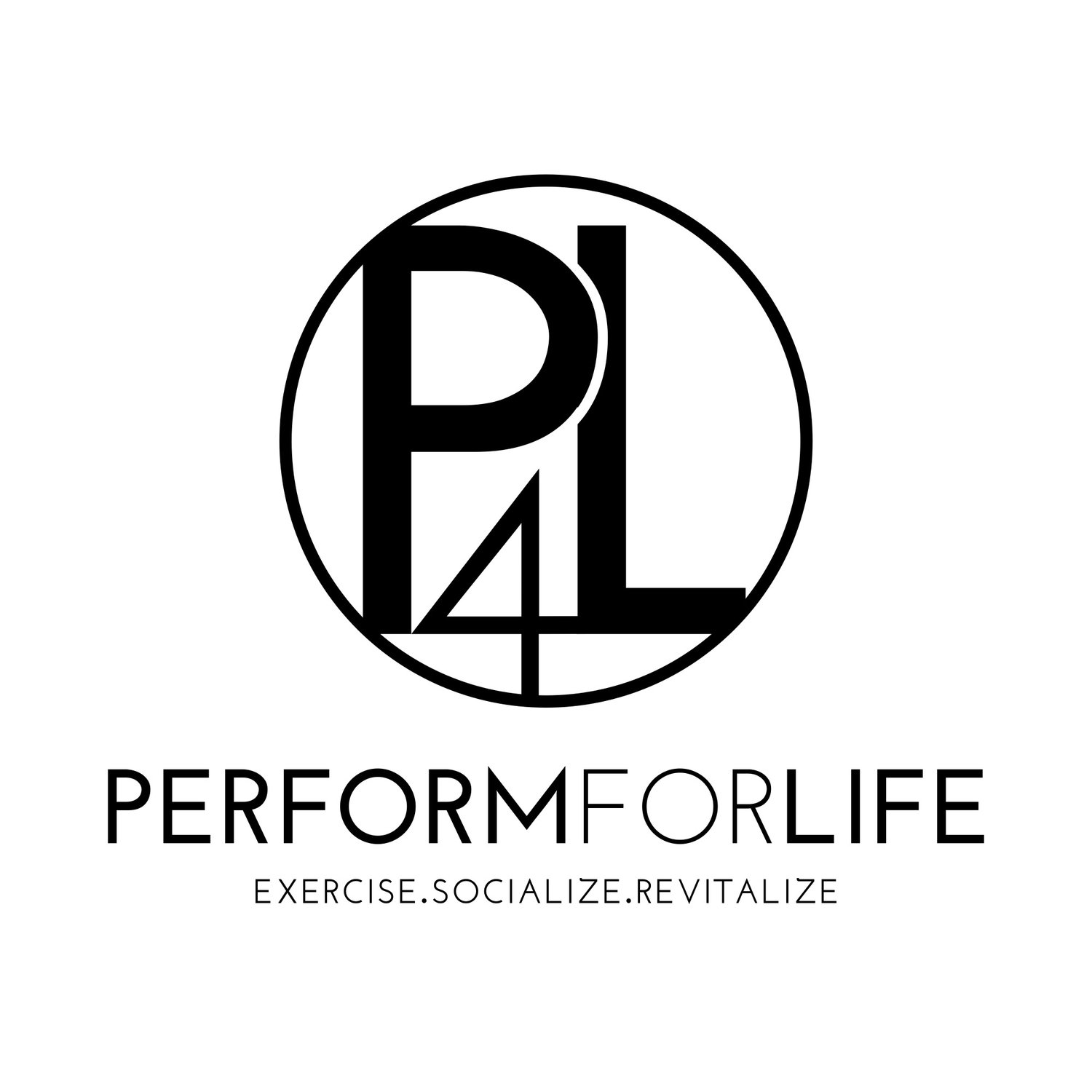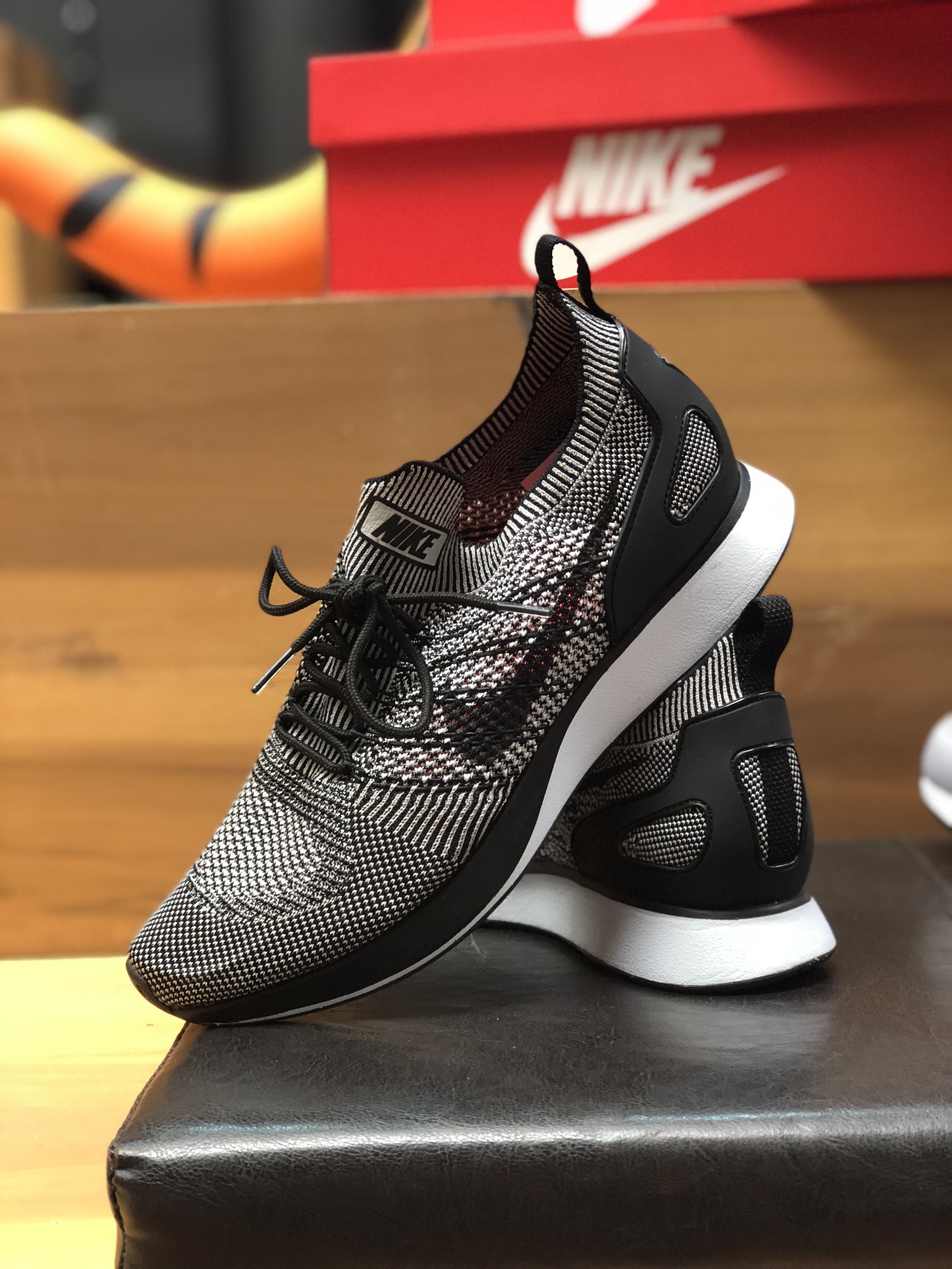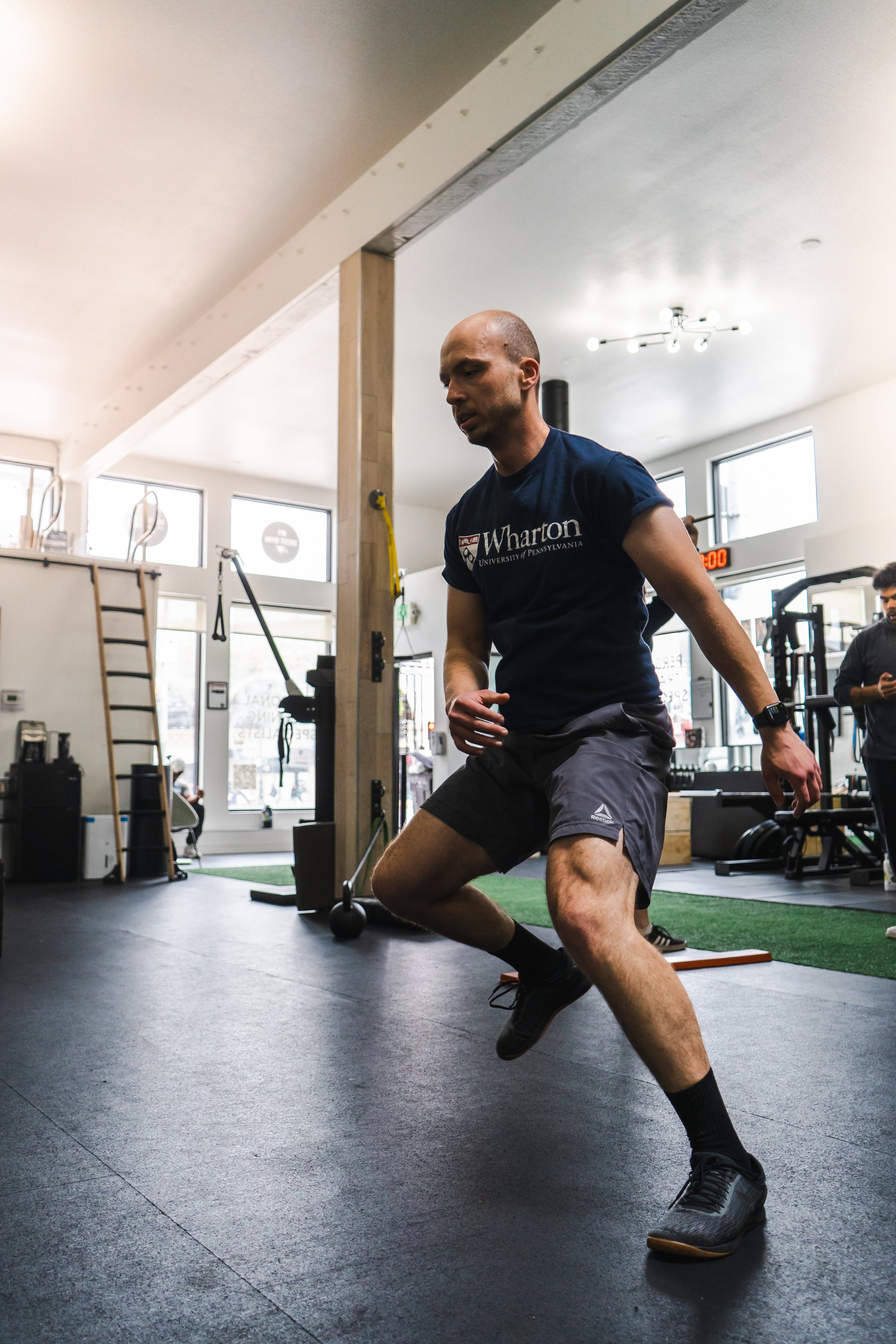How to Pick The Right Shoe for Working Out
A question that I’ve gotten from athletes over the years is "What type of shoe should I purchase for running or for working out?" First off, I want to make it abundantly clear that I am by no means a podiatrist. However, I do have experience assessing people’s musculoskeletal imbalances, and I can prescribe corrective exercises to address these issues.
I’ll start with the most common dysfunctions that could improve by having the proper footwear. It's relatively common to have mobility limitations and insufficient movement patterns at the ankle joint. One of the more common issues I see is excessive foot pronation (feet collapsing inward) (as seen in the photo below) and lack of dorsiflexion (inability to flex the ankle).
Image From : Meadowhead Physiotherapy
People with flat feet or low arches will usually pronate their feet, causing them to put a majority of their weight into their arch. This can create a chain reaction of unwanted stresses up the body - up the “chain”. However, the reverse is also true, which means that if your hips are not stable and aligned, they’ll cause issues down the chain, and your knees and feet will begin to compensate as a result. Here’s a perfect example: as a result of the feet collapsing inwards, the knees will also collapse inwards. This can cause various knee issues, knee pain, and can make it more difficult to externally rotate the hips. The muscle that’s responsible for externally rotating our hips is our glutes/butt. If our butt isn’t in the game when we do lower body movements, then we’re in danger of not just having a flabby butt, but also potentially suffering from overuse injuries due to compensatory patterns.
Lack of dorsiflexion, or the lack of flexing at the ankles, is usually attributed to tight calf muscles - gastrocnemius and soleus being the biggest culprits. This issue is also usually coupled with the feet everting, or turning out, as a compensation for not being able to flex at the ankles. Dorsiflexion allows for more freedom up the chain to flex the knee and hip during lower body movements such as squats and lunges. Besides exercises to help improve these two common mobility issues (I could write an entire blog post about these exercises), the right shoe can help solve this. That’s what we’re here for, right?! We went to our neighborhood shoe store, BAIT in the Mission to show you some examples of what to look for in a shoe.
FOR THE RUNNERS
First off, let’s start with those of you who run. I suggest getting a gait analysis at a local running shoe store like A Runner's Mind or Fleet Feet. You could also ask one of our P4L coaches to assess your overhead squat and single leg squat. From there, they’ll be able to give you feedback on the type of shoes that you may benefit from, depending on your musculoskeletal imbalances. One recommendation I could give without any assessment is this: if you’ve got flat feet, or if you put weight into your arches, get shoes that give you arch support. Make sure to do some research online beforehand to ensure that you’re getting the shoe that’s best for you.
This shoe is ideal for running, because it is a lightweight shoe. The difference between this and a cross-training shoe is that there's no lateral support, meaning there's minimal traction at the sole. I personally like a minimalist shoe, because it strengthens your feet while running and feels closest to a bare foot.
FOR THE STRENGTH TRAINERS / CROSS-TRAINERS
For those of you do a variety of activities, and especially if you strength train, then please do yourself a favor and get cross-training shoes. I’ve seen countless people over the years strength train or do functional fitness classes in running shoes. Two reasons why this is not a good idea:
- Running shoes don’t have ankle support, so when performing lateral movements, you’re going to be more vulnerable to ankle sprains.
- Running shoes don’t provide as much heel elevation or do as good of a job at preventing pronation as much as cross trainers do. Cross trainers will lock your foot in place and assist in ankle flexion - however, that’s not the best reason to get cross trainers.
This shoe gives you more ankle support than a running shoe. The elevated heel makes it easier to flex in the ankle, thus helping you squat easier. You'll have increased stability. In addition, it has heel support and traction so that you can do lateral movements.
I will say that I do prefer a minimalist shoe, or even working out barefoot if you’re solely strength training; the reason being that you have more feedback and contact with the ground, thus giving you more natural ability to move your foot freely and to generate force into the ground with your entire foot.
Thanks for listening and I hope this helps!














